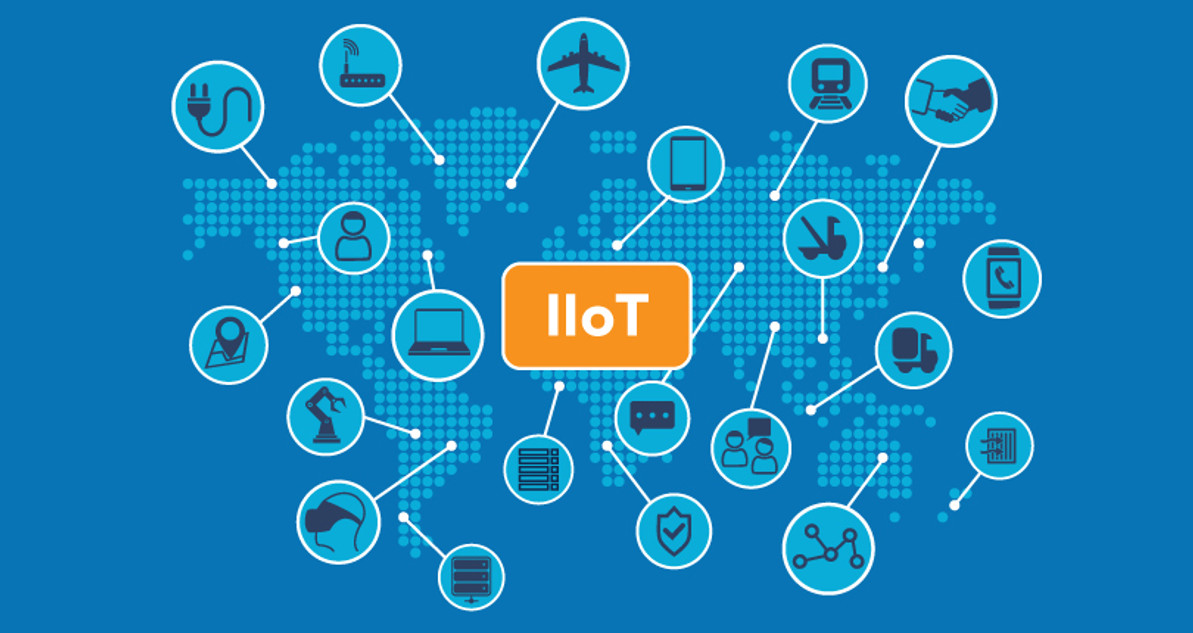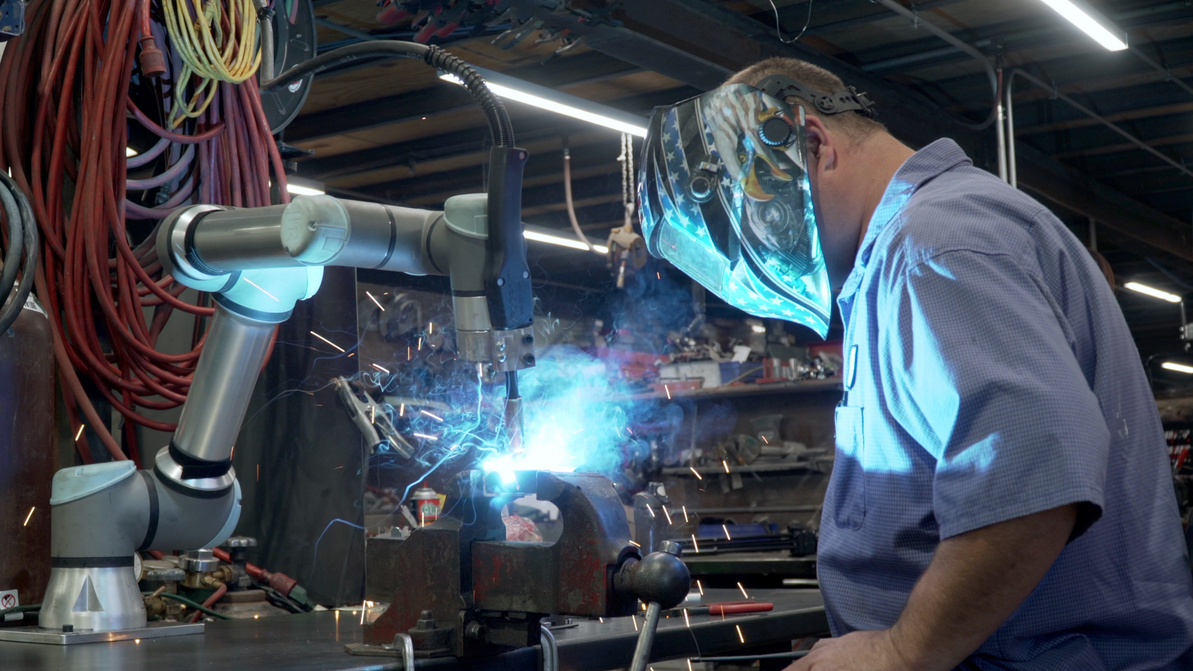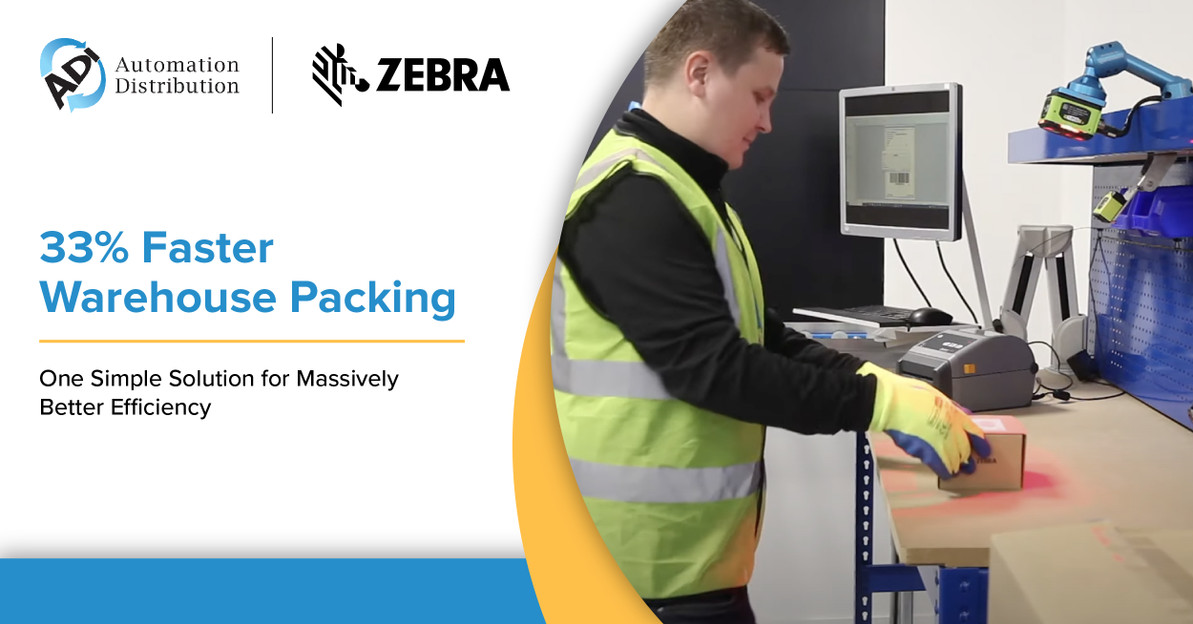Five Steps to Practical Implementation of IIoT
Advances in industrial networking and mobile computing have enabled the connected factory, Industry 4.0 and the Industrial Internet of Things to become a reality. Many companies seek to take advantage of the ability to connect, monitor and control all equipment from a single location to improve operational efficiency.
While it is not always practical to replace legacy equipment, options exist to enable monitoring and control capabilities while maintaining day to day operations. The key to a smooth transition into IIoT is to set the proper expectations. The five steps to practical implementation include evaluations of the following.
1 – Existing Equipment
If an inventory and evaluation of existing equipment has not been documented recently, now is the time. Note the age of the equipment and if the facility would benefit by a replacement or upgrade. Does the existing equipment have the ability to communicate with incoming equipment? If not, note what will be required to enable communication and an estimated cost.
2 – Communication & Protocols
Evaluate what protocols are currently used by any connected equipment and what percentage of devices are represented. If different protocols are in use, note what will be required to convert them to all use the same protocol. Tools such as HMIs, protocol converters, and other automation devices that speak multiple protocols may be used to connect multiple types of devices.
3 – Location & Environment
Remotely located equipment may require connectivity to a cellular network. Evaluate what types of networks are available, such as 3G, 4G, broadband and fiber-optic networks. Also note the temperature of the environment, polluted air, and other factors that could impact the required rating of the equipment. Check to see if existing equipment meets specifications for the current environment.
4 – Security
Security is one of the top concerns when it comes to making the decision to create a truly connected industrial manufacturing facility. Evaluate what data security measures are in place and what may need improvement to protect data as it is collected, monitored and stored across the network. In addition to a VPN (Virtual Private Network), NAT (Network Address Translation) is one approach that protects networked equipment from inbound access but will not affect traffic on the network.
5 – Ongoing Use and Expansion
After successful implementation of IIoT, it should be assumed that at some point, expansion will occur. Note what personnel will be critical in the initial setup and who will also be required for any expansions. Also note who will be responsible for installation of software upgrades and monitoring.
The value of a networked manufacturing environment is not dependent on the quantity of networked devices but rather the quality of information derived from the data. Properly implementing IIoT will enable the extension of equipment life, increase visibility into processes and enable increased control for scaling individual devices.
Recent Posts
-
Using Scan Tunnels to Track, Sort and Route Warehouse Packages
If you’re using conveyor lines to move products, packages and shipments through your warehouse, the …Apr 17th 2024 -
Embracing Collaboration: How Universal Robots Transformed DeAngelo Marine Exhaust
When the welding robots made their debut at DeAngelo Marine Exhaust, there was a mix of excitem …Apr 11th 2024 -
How to Speed Up Your Warehouse Packing by 33% with Machine Vision
Packing benches are some of the busiest areas of most warehouses, with thousands of items to pack i …Apr 4th 2024




